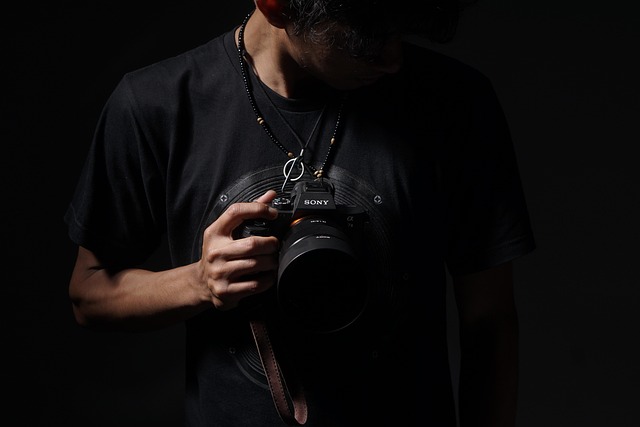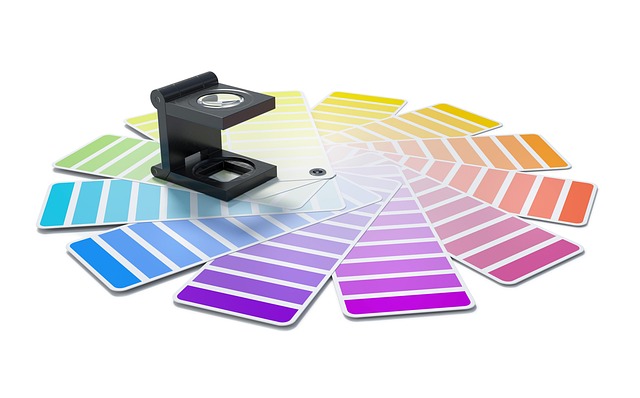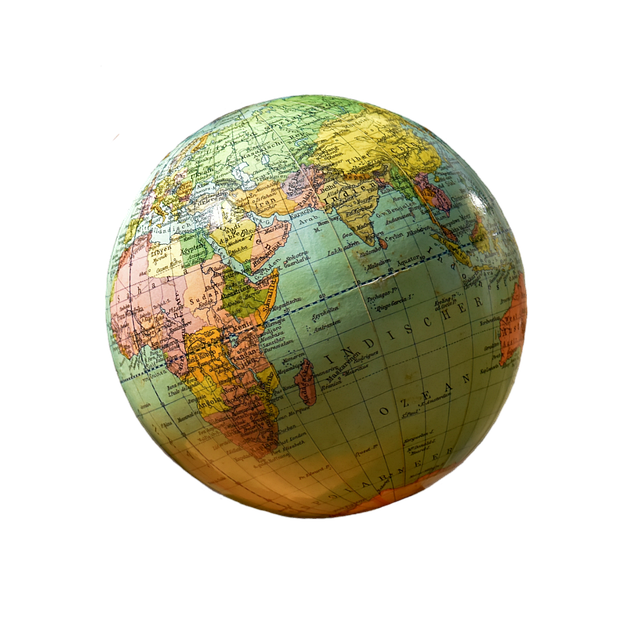Mastering Light: The Ultimate Guide to ND Filters in Photography
As a photographer, understanding and manipulating light is essential. Every scene you aim to capture can transform drastically with the right lighting. One powerful tool in your arsenal for controlling light is the ND filter, or neutral density filter. In this guide, we will delve into the world of ND filters and explore how they can improve your photography.
What is an ND Filter?
An ND filter is a piece of darkened glass or optical resin that reduces the intensity of light entering your camera lens without altering the color of the light. Think of it as sunglasses for your camera, helping you achieve stunning effects that would otherwise be impossible in brightly lit conditions.
Why Use ND Filters?
ND filters offer a myriad of creative possibilities, particularly for landscape, portrait, and long-exposure photography. Here are a few reasons to consider incorporating them into your routine:
- Longer Exposure Times: An ND filter allows you to take long exposure shots even in daylight, turning moving elements like water and clouds into beautiful, smooth wisps.
- Aperture Control: Use a wide aperture in bright conditions. This creates a shallow depth of field, allowing for stunning portraits that beautifully isolate your subject.
- Motion Blur: Capture dynamic movement, like the rush of cars on a busy street, while maintaining control over the exposure settings.
Types of ND Filters
ND filters come in various densities and styles, each designed to serve specific purposes. Here are the major types:
- Fixed ND Filters: These filters come in specific strength ratings, allowing for a fixed reduction of light (e.g., 3-stop, 6-stop, 10-stop).
- Variable ND Filters: A versatile option that allows you to adjust the density of the filter by rotating it, making it suitable for different lighting conditions.
- Graduated ND Filters: Designed for landscapes, these filters transition from dark to clear, helping to balance exposure between bright skies and darker ground.
Choosing the Right ND Filter
When selecting an ND filter, consider the following:
- Density Level: Assess how much light reduction you need based on your shooting conditions. A 3-stop filter might be sufficient for a cloudy day, while a 10-stop filter can be effective for bright sunlight.
- Quality: Invest in high-quality glass to avoid the potential color cast or distortion that cheaper filters could create.
- Size: Ensure that the filter matches your lens diameter or obtain step-up rings for versatility.
Photography Techniques with ND Filters
With an ND filter in hand, there are several techniques you can explore:
1. Smooth Water Effects
Use a strong ND filter to create long exposures that give bodies of water a silky appearance. Ideal for beaches or waterfalls, this technique can transform the ordinary into the extraordinary.
2. Capturing Movement
Whether it’s a bustling city scene or the movement of animals in nature, an ND filter allows for longer exposures, giving a unique sense of motion and flow.
3. Sunset and Sunrise Photography
Enhance those breathtaking moments at dawn or dusk. An ND filter can help you maintain the rich colors of the sky while bringing out detail in the foreground subjects.
Conclusion
As you embark on your journey into mastering the manipulation of light, don’t overlook the incredible potential of ND filters. They are invaluable tools that can elevate your photography, providing endless opportunities for creative expression.




